‘The ingredients have to work’: Six musicians on the key to crafting the perfect runway soundtrack
Chris Erik Thomas discovers the secret recipe to creating an impactful runway soundtrack from some of fashion’s leading producers, DJs and musicians who work with names from JW Anderson to Prada
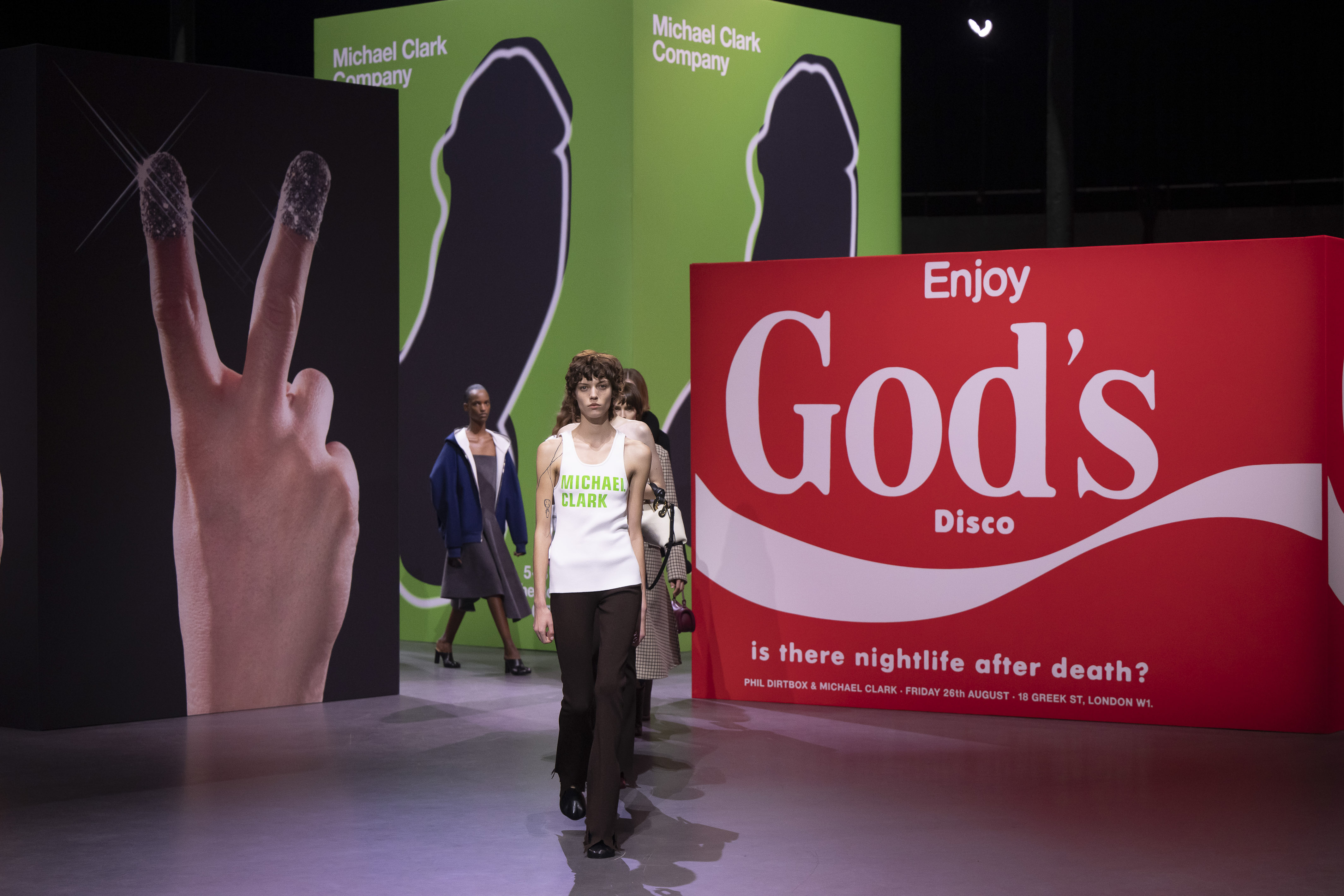
As fashion critic Tim Blank said in a recap of the recent S/S 2025 ready-to-wear shows: ‘You can never underestimate the power of a soundtrack in a fashion show.’ It’s no longer enough to stage a show of sellable looks set to a soundtrack that matches the designer’s particular vibe that season – because fashion is no longer a ten-minute-plus spectacle for a fabled few on the invite list. Shows used to be disseminated to the masses through flat runway images by the swarming pit of photographers poised at the end of the runway, their camera shutters clicking like insects, but times have changed.
Technology has democratised fashion, enabling anyone with a steady internet connection to watch and rewatch the shows – or, at least, see clips of shows spread across social media. Fashion is now live-streamed, archived, and remastered; the avalanche of runway shows staged throughout the year are now trapped in time like fossils encased in amber. The industry has come a long way since the ‘mannequin parades’ staged by British fashion designer (and future Titanic survivor) Lady Duff Gordon in the early 1900s. Those early, theatrically inspired performances, which featured professional models, mood lighting, and string music, feel quaint in comparison, as stars like Rosalía or Riley Keough now perform at shows that seem to have the budget of small countries.
The amplified exposure to runway shows has also shaped the music created for them. It’s now possible (as I can attest) to gather up the YouTube videos of a season’s latest shows, rip the music through a cottage industry of audio extractors, and use the files as your own personal soundtrack, weaving through the city streets to files with names like ‘Jil_Sander_Fall/Winter_2024.mp3’. Music holds the power to transform; it can elevate a procession of pricey garments into an unforgettable moment that lingers long after the final model leaves the runway and the designer takes their bow.
But behind this power, there’s a delicacy. Runway shows are acts of theatre, requiring months of prep and then, suddenly, over before you have a chance to blink. To make music that synthesises seamlessly with these events, moodboards must be consulted, fabric samples may be felt, and one cardinal rule should always be adhered to: the music must never, ever overpower the clothing. In celebration of a year’s worth of musical moments at fashion shows, we talked with legends and newcomers to the field alike to discover their secret recipe for crafting the perfect runway soundtrack.
Frédéric Sanchez
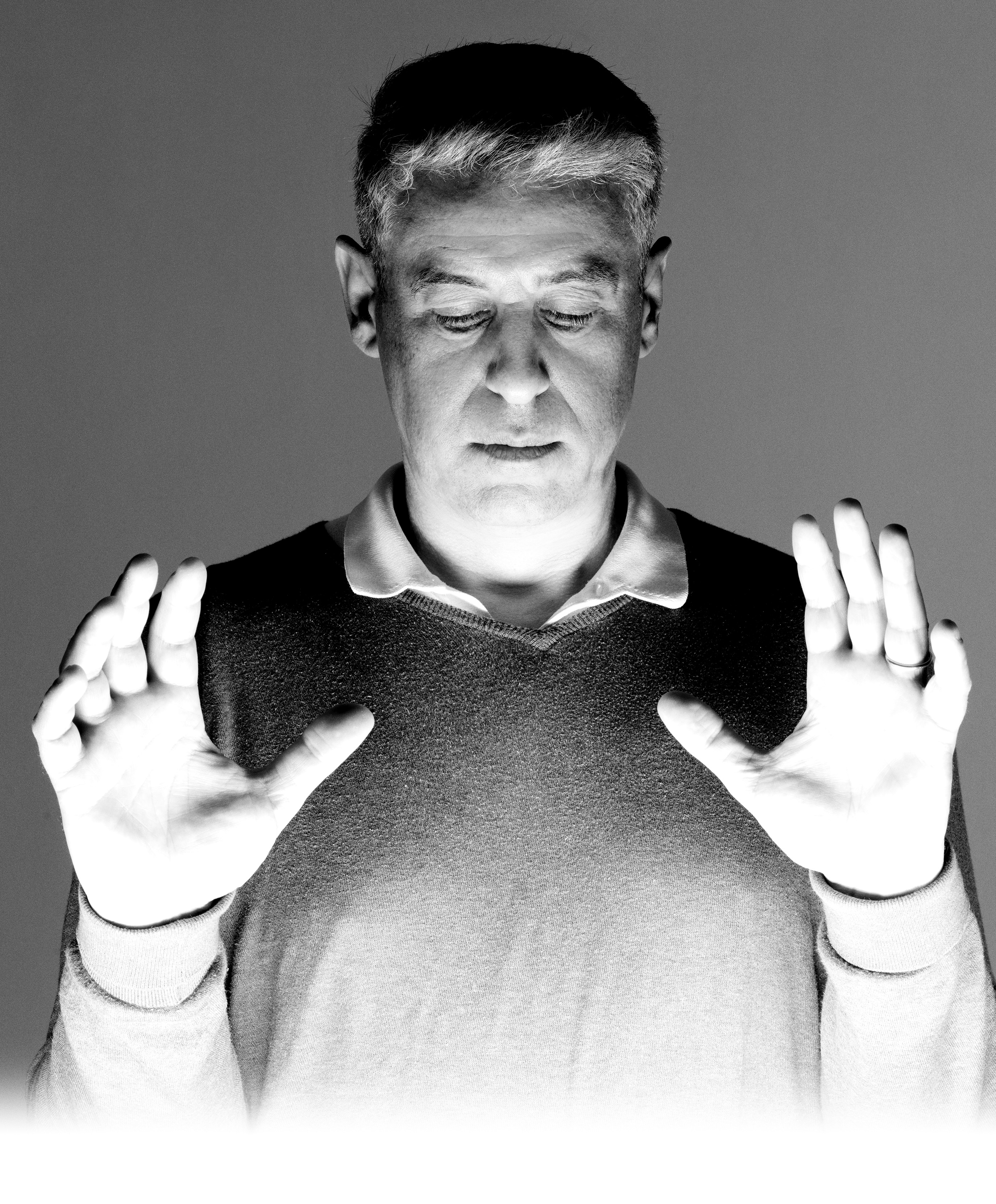
There may be nobody more legendary in the field of runway music than France’s Frédéric Sanchez – just don’t call him a sound ‘designer’. ‘I hate this word,’ he gruffly says. ‘It's too technical. With “sound illustrator”, there’s something poetic about that. What I try bringing to people is poetry.’ Since his first-ever gig making music for Martin Margiela’s 1989 debut show, Sanchez has built up a prolific career providing sonic poetry to all manner of designers and fashion houses. In the 1990s, he gravitated toward designers like Jil Sander, Helmut Lang, and Miuccia Prada, who had ‘this idea of something minimalist and very focused’.
‘What I try bringing to people is poetry’
Frédéric Sanchez
More recently, his work has brought him into the orbits of Simone Rocha, Duran Lantink, Jonathan Anderson at Loewe, and Nadège Vanhée at Hermès. The unifying theme, he says, is passion. ‘My work is about emotion, so it's important to know that people feel this emotion. This emotion comes from the relationship that you have with what surrounds you in the world.’ Spending 35 years in the industry has also provided him a front-row seat to every shift in the fashion industry, including the seismic shift brought on by the internet.
‘Suddenly, I saw all my work coming back like a boomerang on YouTube. It was a little bit frightening – I could have done a burnout,’ he says with a laugh. ‘With the internet, you have everything. You have all the music. More and more, I have found inspiration inside myself; I don’t [find it] necessary to look at what’s going on around me.’ For Sanchez, who worked on around a dozen shows last season, making a strong runway soundtrack is all about ‘the trust of the person in front of you’. ‘Dialogue is very important. That makes the difference. That's the ingredient of something that is going to be memorable.’
Wallpaper* Newsletter
Receive our daily digest of inspiration, escapism and design stories from around the world direct to your inbox.
LABOUR
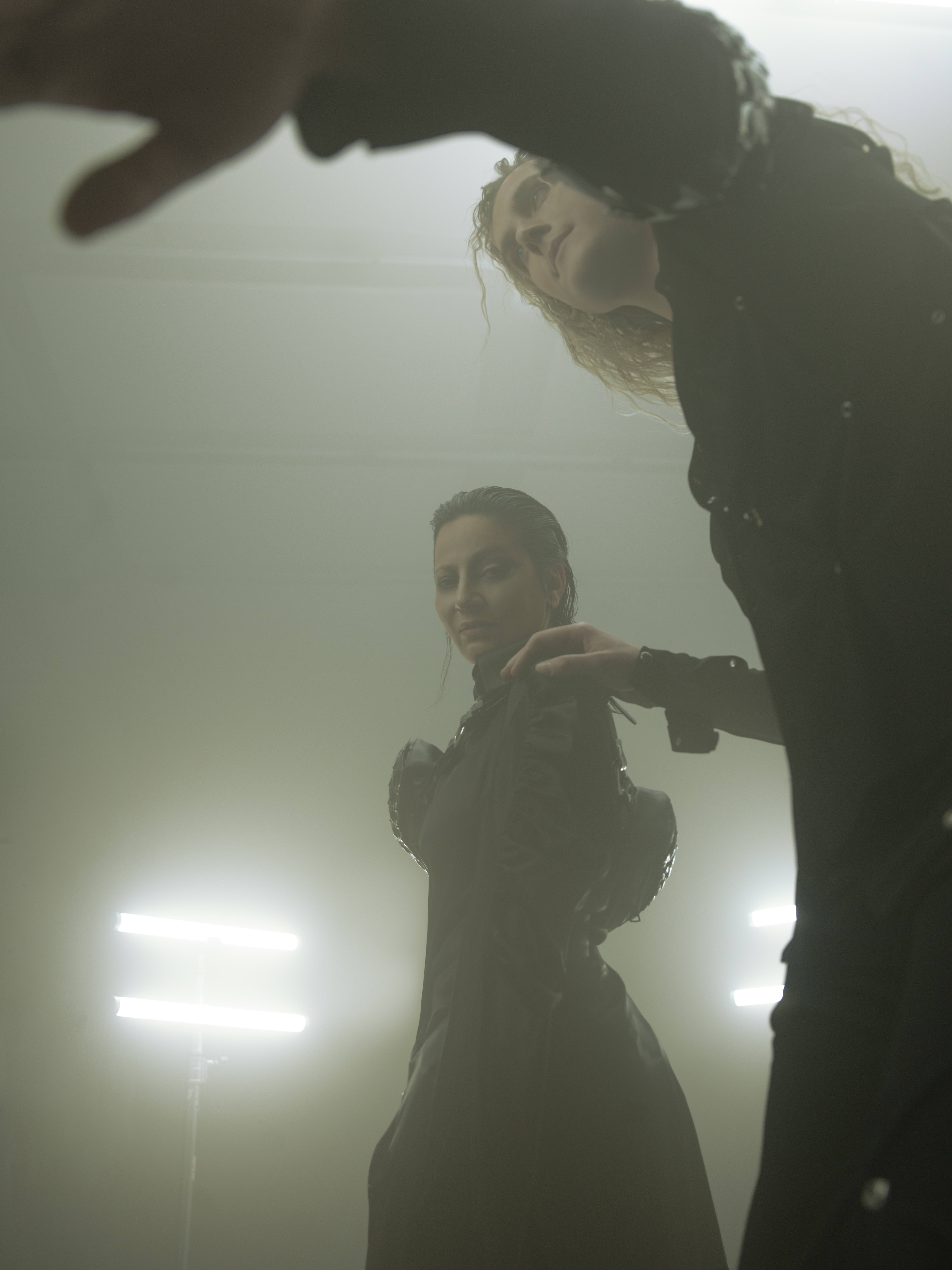
There’s no shortage of inspiration pulsing through American composer Colin Hacklander and Iranian artist Farahnaz Hatam’s sonic collaborations. Since the start of their creative project LABOUR in 2018, the duo have found inspiration in everything from 16th-century English harpsichord works and traditional Arabic music to Rainer Werner Fassbinder’s 1973 miniseries Welt am Draht. It was the Fassbinder work that marked LABOUR’s first collaboration with Benjamin Alexander Huseby and Serhat Isik, the co-designers of the fashion label GmbH. The collaboration between these two creative forces has made for a number of unforgettable moments, culminating in the release of a complication album, GmbH: An Anthology of Music for Fashion Shows 2016-2023, earlier this year.
‘A good fashion show should bring a strong vibe, should be inspiring, should be sexy, should feel empowering’
Colin Hacklander
‘Every good project starts with a good collaboration, and Benjamin and Serhat always start with really rich concepts,’ says Hacklander, adding that ‘a good fashion show should bring a strong vibe, should be inspiring, should be sexy, should feel empowering. Our interest is in those cracks where you can introduce content or introduce something else into this convivial atmosphere.’ For LABOUR, a key addition has been instruments and artefacts rarely heard on the runway. ‘We’re often speaking through the residual elements of ancient culture and contemporary society and what may have been lost,’ says Hacklander.
As the pair ruminate on what makes a perfect runway soundtrack, Hatam talks of ‘[fusing] the ancient with the futuristic to create a present moment that demands and deserves this most complete temporal spectrum’. Or, put simply, her method is to ‘simultaneously ground and magnify the collection through sound’. For Hacklander, the goal is to make music that ‘creates a sense of open-mindedness in the listener, where it feels like anything is possible musically. It's really important to create spaces of being together.’
Pascal Moscheni
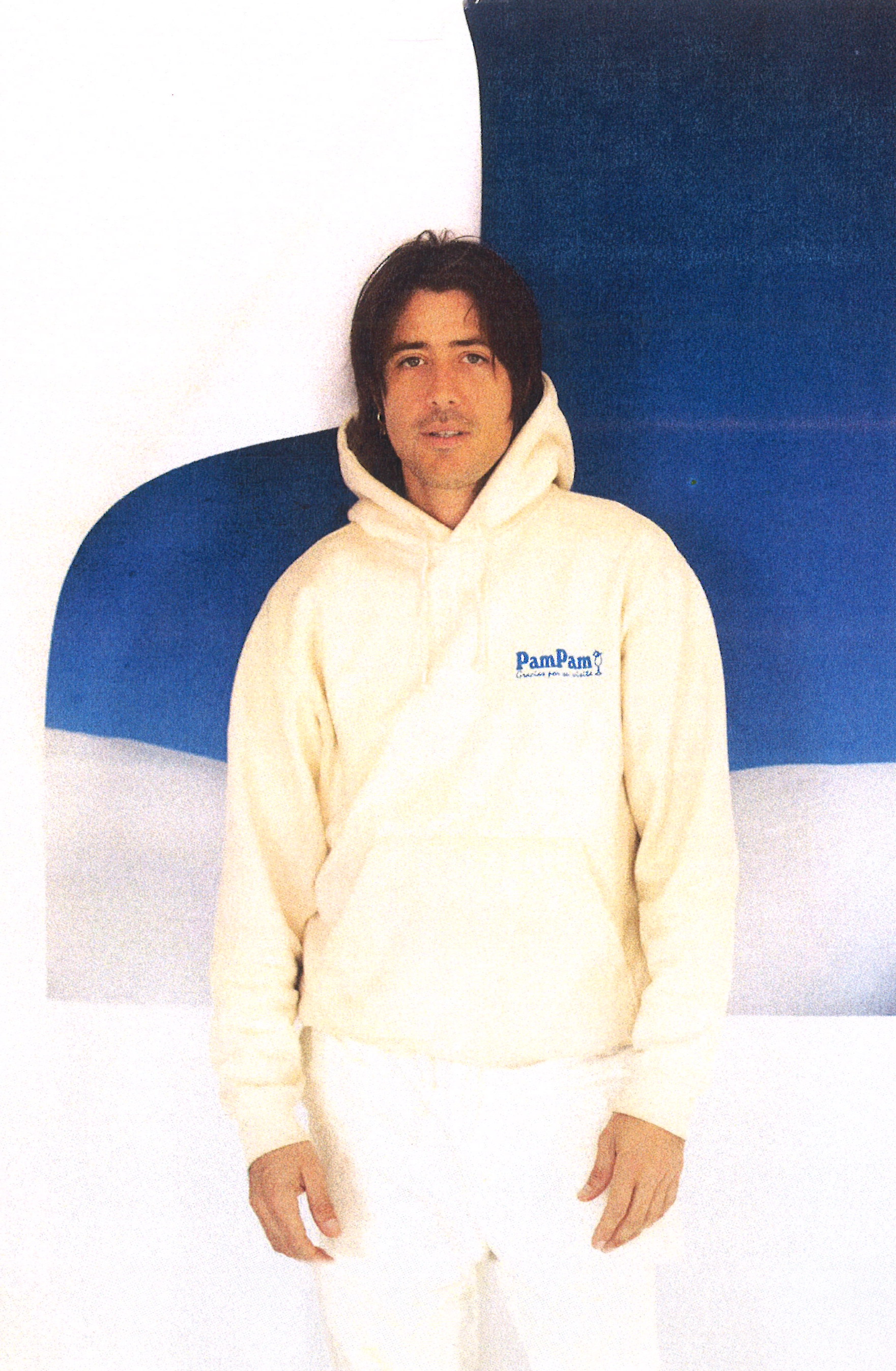
Before Pascal Moscheni became the go-to sound designer for JW Anderson, the New Zealand-born, Ibiza-based musician first found his footing as a designer for Neil Barrett. ‘For the last shows before I quit my job, [Neil] was like, “Pascal, I noticed you really like music. Why don't you do the music for the show?” That was my first show experience,’ he recalls. Moscheni set down the fabric scissors and started working full-time as a musician and DJ, creating music for the runway, stores, and showroom for his old boss, before branching out to work with a medley of other designers like Helmut Lang and Diesel. But it was a connection with Jonathan Anderson that proved most fruitful.
‘There are some boundaries that Jonathan Anderson pushes that I wouldn’t get to alone. That's also super nourishing for me creatively’
Pascal Moscheni
‘I started doing cocktail venues and very small stuff for Loewe, and then they started booking me for official parties,’ he explains. The steady drip of gigs grew until, eventually, Anderson asked him to handle his namesake brand’s runway music. The result has been a match made in fashion heaven, thanks in part to Jonathan’s exacting creative nature. ‘Jonathan knows exactly what he likes and doesn’t like. There are some boundaries that he pushes that I wouldn’t get to alone. That's also super nourishing for me creatively,’ he says, before pointing to the Michael Clark-inspired Fall 2023 collection as a particularly special show. For Moscheni, making a memorable soundtrack is all about ensuring the narrative of the music and the designer’s idea blend. ‘I have to always remember that I’m helping someone else tell the story. It's not my story. I can help them improve their story, but it's theirs. Make sure that [the music] fucking glues in there. It has to feel good together, like a salad. The ingredients have to work.’
Aisha Devi
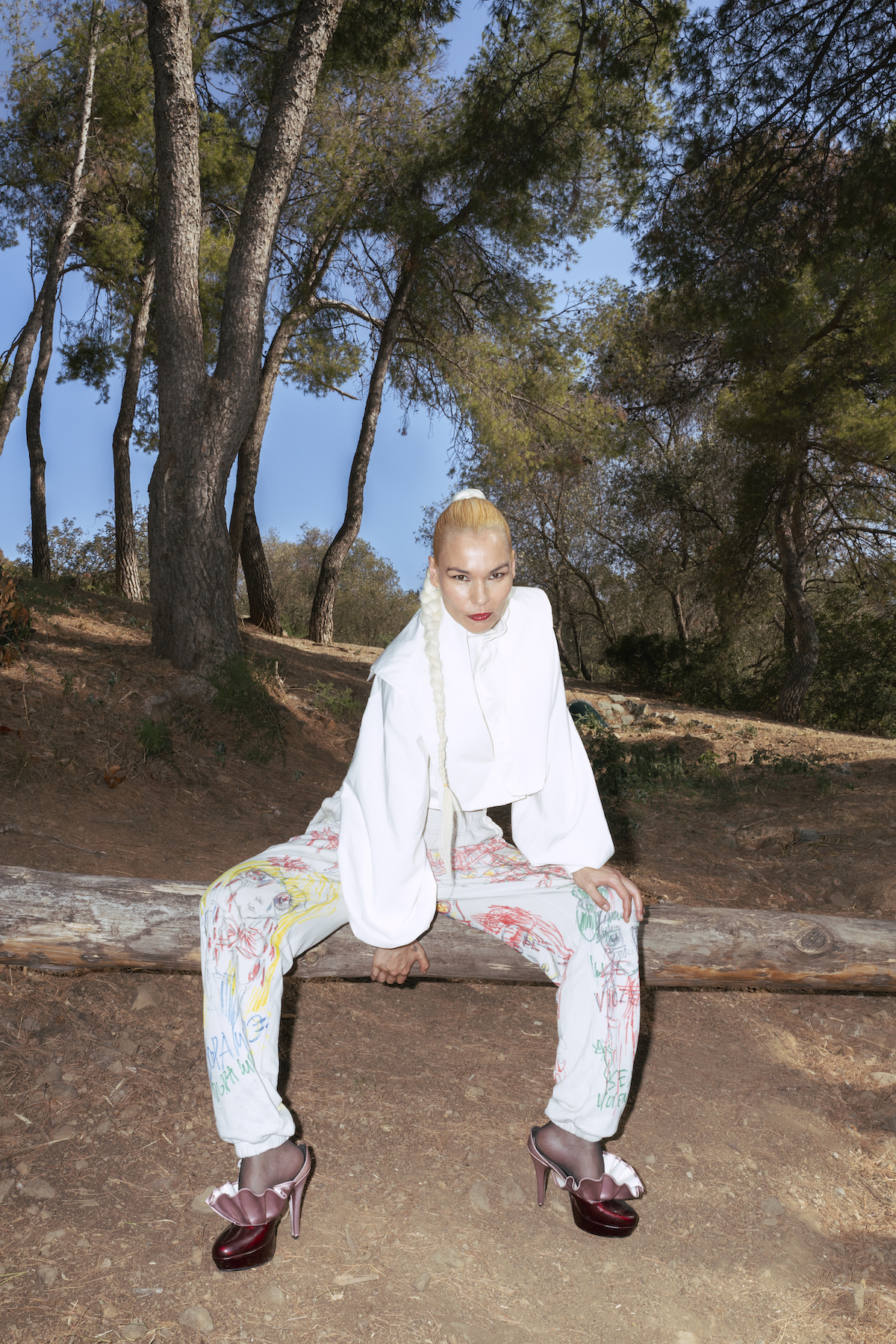
It was a lonely childhood spent singing in the woods that led Swiss-Nepali artist Aisha Devi to eventually begin her music career. ‘Music was always a safe space,’ she says. ‘I started to make music just to have an instrumentation for my vocals, but I realised in the process that it [gave] me so much freedom.’ It’s through this freedom that her distinctive, otherworldly sound evolved – and caught the ear of Simone Bellotti. Belloti has steered Swiss luxury brand Bally’s creative revival since 2023, culminating in a Dada-inspired S/S 2025 show that not only signalled the strength of Bellotti’s vision but also introduced the fashion crowd to Devi thanks to her unforgettable runway soundtrack.
Their collaboration began a season prior when the designer contacted Devi and invited her to the A/W 2024 show. ‘We met there, and instantly, the [connection] was without words. It was a symbiosis,’ she recalls. ‘[Bellotti] and I have a very similar approach. He lives in his head; he’s a dreamer.’ Working on this S/S 2025 show has been transformative for Devi, who’d previously only dabbled in fashion with a track here and there featured in a Valentino or Chanel soundtrack or larger parts of her music included in Mugler’s Covid-era digital collections. As she considers what she can bring to future runway soundtracks, the artist drifts into the metaphysical.
‘For me, the perfect soundtrack is a track that initiates a transcendence’
Aisha Devi
‘If you ask me to do a piece of runway music, you will not get exactly what you expected, but something beyond,’ she says with a laugh. ‘We live in an era where music has become more ornamentation and entertainment, and my whole process as a musician is to bring my music to its essence. Music opens a dimensional door and is a healing tool. Music is the order of the invisible. Music is the essence of all matter. For me, the perfect soundtrack is a track that initiates a transcendence.’
Pilooski
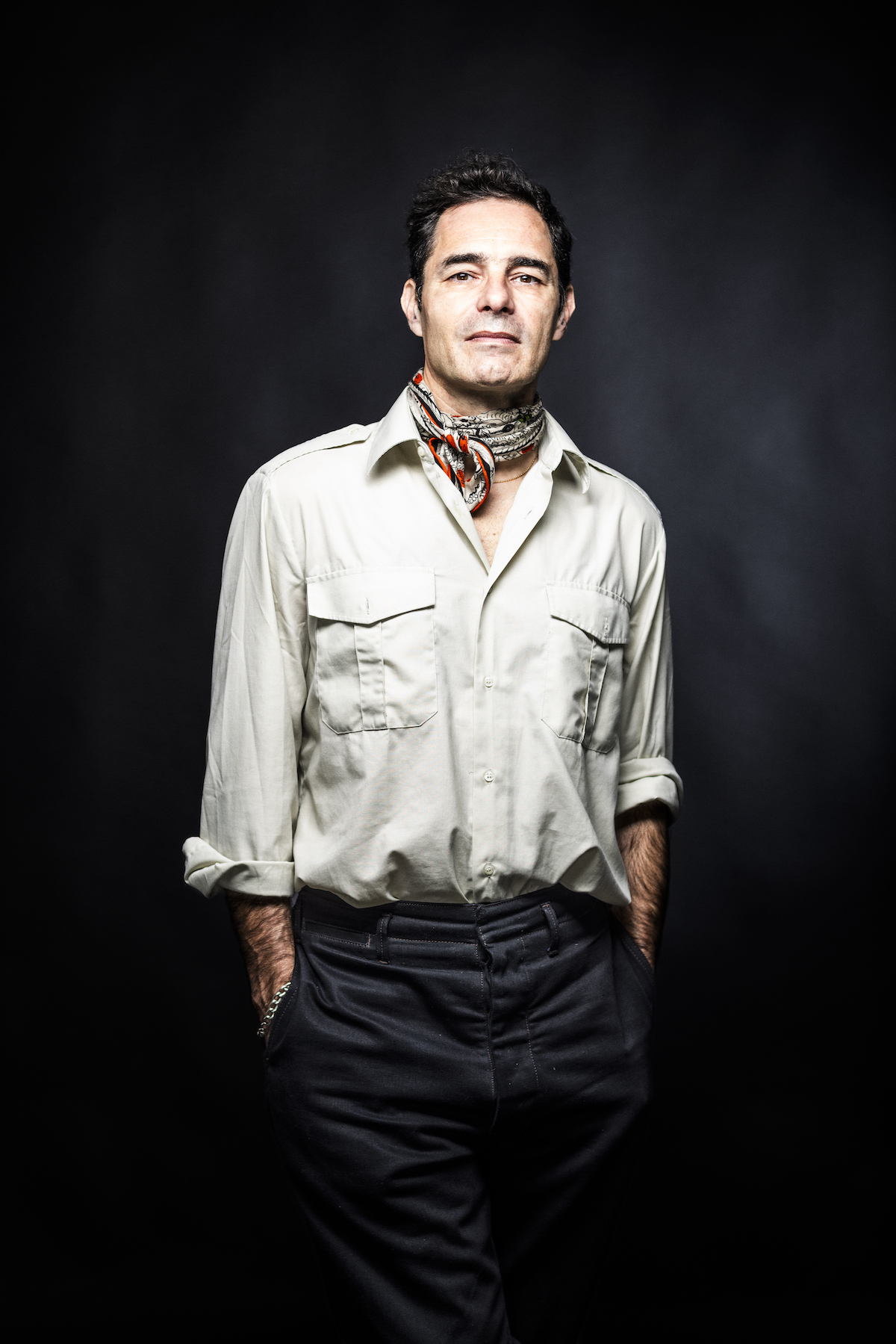
Cédric Marszewski always knew he was born to make music. The French artist, who performs under the moniker Pilooski, has made music since he was 16. His early experiments with electronic music morphed into touring with his band, Discodeine, and releasing ‘loads of edits and remixes’ in the 2000s. What he didn’t expect was just how ingrained he’d become in the fashion world – all thanks to a chance meeting Christophe Lemaire while DJing a party in 2010.
‘From the start, our first encounter was based on the love for music we both had,’ Pilooski recalls, emphasizing that in an industry where sound designers more commonly propose tracks to designers in a one-way process, his work with Lemaire is truly collaborative. ‘He has a vision of where to go with music.’
‘People tend to remember the beginning and the end: the entrance of the first model and then the finale’
Cédric Marszewski
In the nearly 15 years since their first meeting, Pilooski has been the (somewhat) secret weapon behind Lemaire’s stints at both Lacoste and Hermès, plus the designer’s own namesake brand he now co-runs with partner Sarah-Linh Tran. Pilooski’s deft sonic touch can now be felt in the music made for not only his longtime collaboration with Lemaire but also through more recent partnerings, with the Japanese label Auralee and Korean brand EENK.
No matter what brand he’s working with, the secret to a successful mix boils down to the flow. ‘People tend to remember the beginning and the end: the entrance of the first model and then the finale. That’s very cliche, but that’s true, so I’m always trying to focus on these things,’ he says before quickly noting that ‘the most important thing is how you create your story with different elements. It’s a collage.’
Sigurd Bank
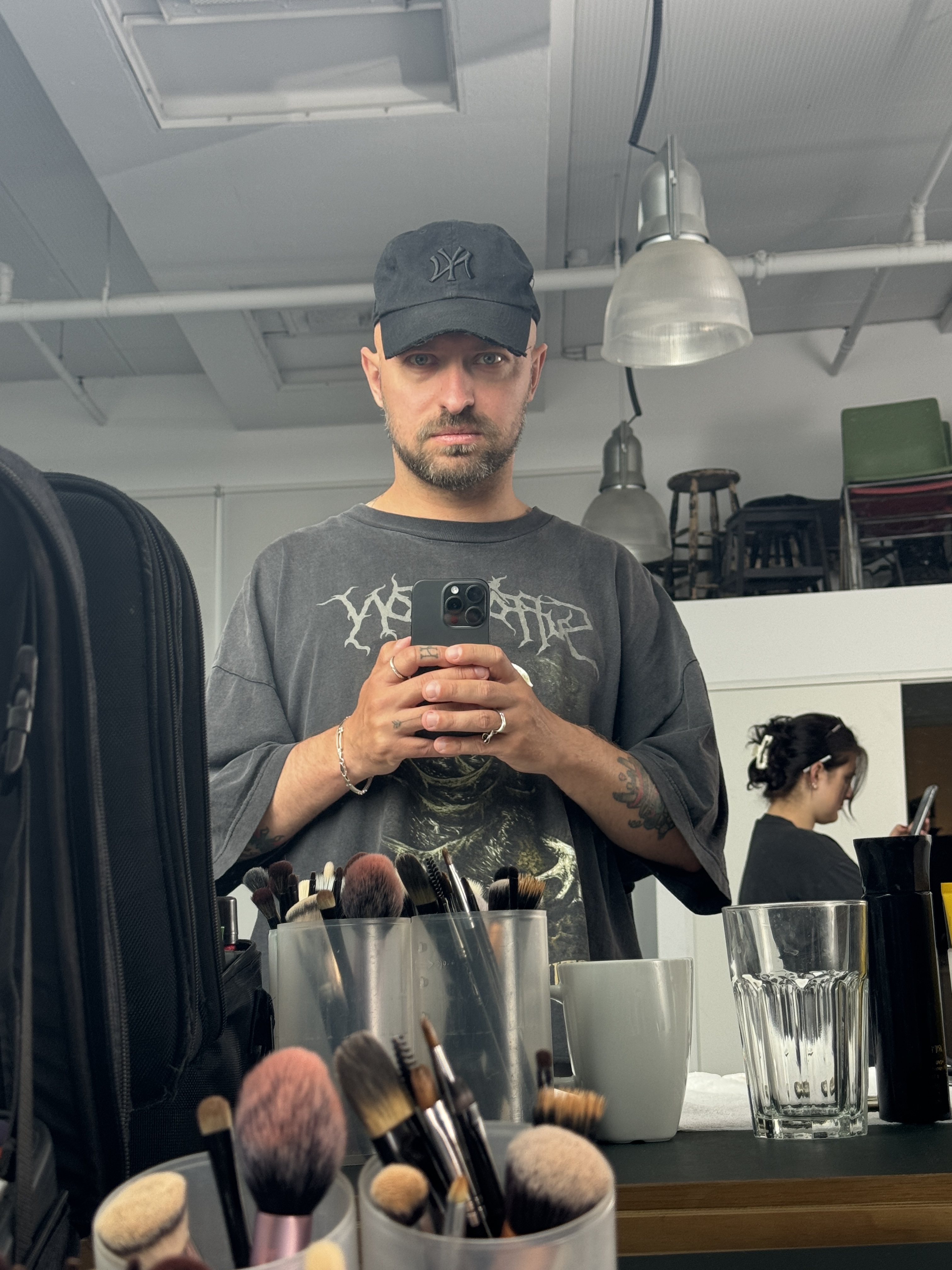
The founder of cult-favorite Danish fashion label Mfpen is not one to mince words about his brand. Since launching Mfpen in 2016, Sigurd Bank has steadily carved out a reputation in the crowded fashion industry as a source of well-made clothes crafted from deadstock fabric. There’s an authenticity to the brand tied to Bank’s own adolescence spent skating, taking the train to Copenhagen to do graffiti, and slowly learning to express himself through clothes. ‘I've never been into fashion. It’s more about the products and the clothing,’ he says. ‘Yeah, it's boring as fuck. But we don't need to impress anyone. We spend our time doing boring stuff, and people start to notice, “Oh, it’s boring, but I see myself in 99 per cent of the garments.” There are other things you can do to get attention than just being fashionable.’
While he notes that music isn’t necessarily connected to the brand, it is integral to his identity. ‘I'm one of those people who listens to music constantly. Music is such a big part of me and my cultural interests.’ This passion has resulted in both a sonically cacophonous playlist (“mfpen store sounds” on Spotify) and one special, punk-inspired fashion show for the A/W 2024 collection, featuring samples from a 1981 documentary called The Decline of Western Civilization about the hardcore scene in LA.
‘I don’t like it when the music sounds “fashiony”. Some shows have this ambient sound, and [it’s] very pretentious’
Sigurd Bank
Despite no future shows being planned, Bank’s answer to what makes for a perfect runway soundtrack comes quickly: ‘I can say what it shouldn’t be. I don’t like it when the music sounds “fashiony”. Some shows have this ambient sound, and [it’s] very pretentious. You’ve just waited an hour to get a seat, you're standing in line for an hour before the show, and then you have to listen to this music? Come on. [The key ingredient] is something that gets the models going but also gets the audience going because fashion shows, in my opinion, are very boring. They have to have some energy and something outside the box.’
Chris Erik Thomas is a Berlin-based writer and editor who has written about art, fashion and culture for an array of international titles, including The Face, Artsy and Highsnobiety.
-
 Warp Records announces its first event in over a decade at the Barbican
Warp Records announces its first event in over a decade at the Barbican‘A Warp Happening,' landing 14 June, is guaranteed to be an epic day out
By Tianna Williams
-
 Cure your ‘beauty burnout’ with Kindred Black’s artisanal glassware
Cure your ‘beauty burnout’ with Kindred Black’s artisanal glasswareDoes a cure for ‘beauty burnout’ lie in bespoke design? The founders of Kindred Black think so. Here, they talk Wallpaper* through the brand’s latest made-to-order venture
By India Birgitta Jarvis
-
 The UK AIDS Memorial Quilt will be shown at Tate Modern
The UK AIDS Memorial Quilt will be shown at Tate ModernThe 42-panel quilt, which commemorates those affected by HIV and AIDS, will be displayed in Tate Modern’s Turbine Hall in June 2025
By Anna Solomon




